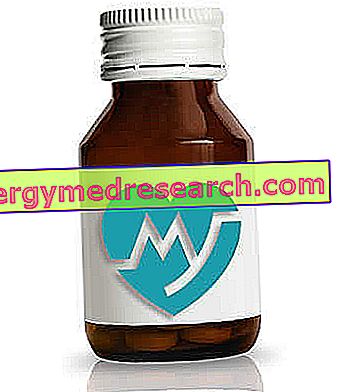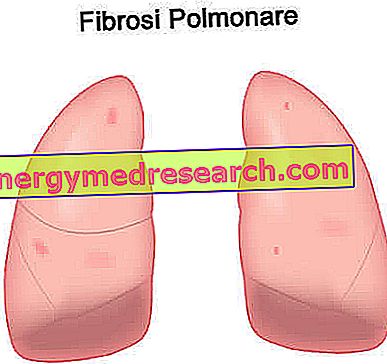Introduction to toxicology
As with pharmacology, toxicology is also divided into toxicokinetics and toxicodynamics ; therefore all the theory made for the drug can very well be transferred to the study of the toxic substance.
In this section of the site we will focus mainly on biotransformations, because it is precisely these reactions that generate toxic substances within our body.
The effects of toxic substances are the same seen in general pharmacology (local, reversible, irreversible, immediate, retard and systemic).
It is very important to remember that nothing is poison in itself and everything is poison in itself; is the dose that poison makes (Paracelsus)
Toxicology studies the effects of the various toxic substances used or developed in medicine (drugs for prophylaxis), in the food industry (additives, preservatives, antioxidants, flavorings, dyes, toxins), in agriculture and livestock (pesticides, pesticides, hormonal substances ), in the chemical and mining industry (many solvents or heavy metals such as lead, cadmium or mercury).
Thanks to these studies on the effects of various toxic substances, toxicology can also be studied from different points of view such as:
- Environmental toxicology;
- Occupational toxicology (industrial);
- Analytical / forensic toxicology;
- Clinical toxicology.
According to investigations, our body may be more or less exposed to different classes of toxic substances: first of all chemical agents, then pesticides, food additives, drugs, cosmetics and household products, environmental xenobiotics and finally the excipients.
Toxicology, toxin, toxic and intoxication
The term TOXICOLOGY indicates the science that studies the nature and mechanisms of the toxic effects induced by chemical substances on the various biological systems.
It is very important to distinguish two very similar terms. The first term is TOXIN, which is the naturally produced substance (such as toxins produced by fungi, snakes, puffer fish, etc.). The second term is TOXIC, which is the substance produced directly or indirectly by human activity (atmospheric pollution, increased industrial activity or other human activities).
If the toxin or toxic substance can come into contact with the various biological systems of man, a critical situation is created which is normally called INTOSICATION, which in turn can be considered acute or chronic. If the intoxication is defined acute the toxic effects are noticed in a very short time from the exposure of the organism to the harmful substance; if instead intoxication is chronic, the effects are noticed only after a long latency time and a constant exposure of the organism to the harmful substance.
Intoxication, both in the human organism and in the animal organism, causes functional alterations. The toxins in our body can act on different levels, such as at the level of the organism, of tissues, of cells, but also at the level of receptors.

To expose the toxic effect, the harmful substance introduced into our body must undertake a path divided into numerous stages and numerous modifications. The first and second steps of this path consist in reaching the target target, with the consequent interaction with the target site which can be a receptor, an enzyme, macromolecules etc. The third step is cellular dysfunction, therefore damage inside our body. Finally, we have the fourth and final step which is the total or partial repair of the damage.
So far we have talked about a toxic effect, but as with all effects of a certain size and intensity, it is very important to describe what is meant by the terms entity and intensity of a toxic effect.
The term entity of the toxic effect indicates mainly two parameters with which xenobiotics and toxic substances can cause damage to our body. The first parameter is quantity, which concerns the possible amount of xenobiotic that may or may not come into contact with the human body. The second parameter is given by all the possible kinetic factors of the xenobiotic, ie how it is absorbed, distributed and finally how it is eliminated.
The intensity of a toxic effect depends mainly on the concentration and persistence of the toxic substance on its site of action.



